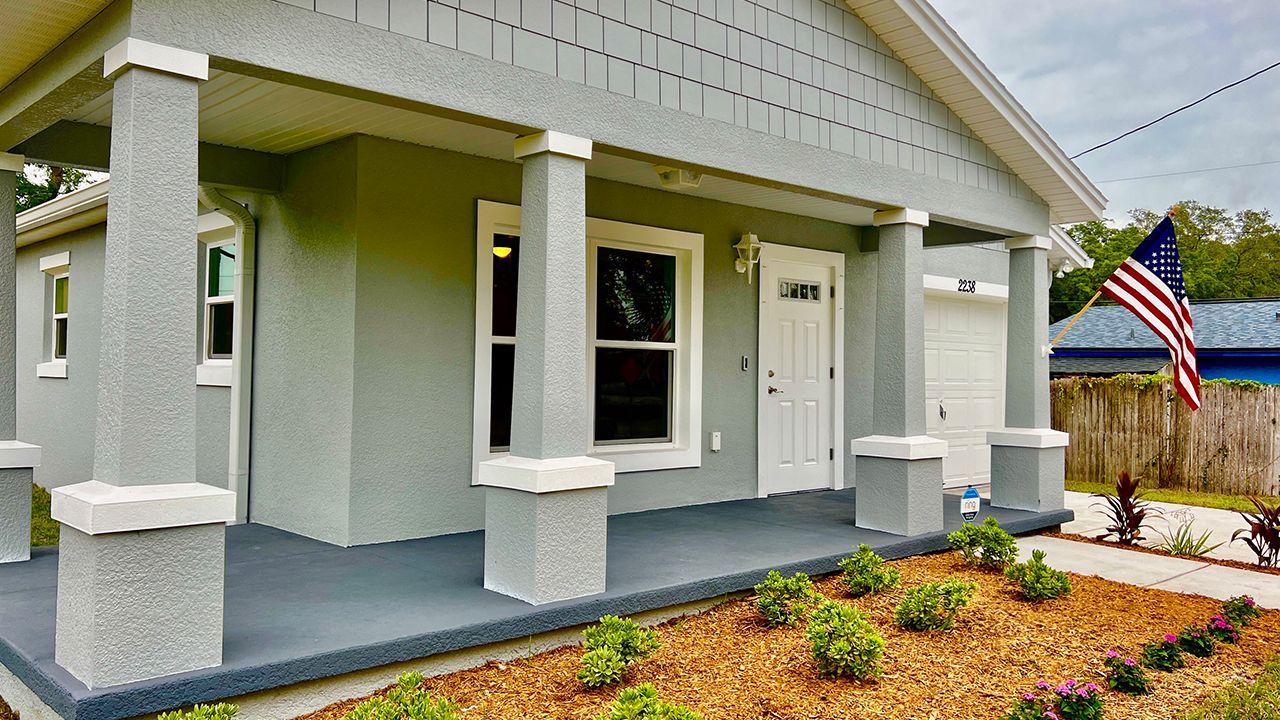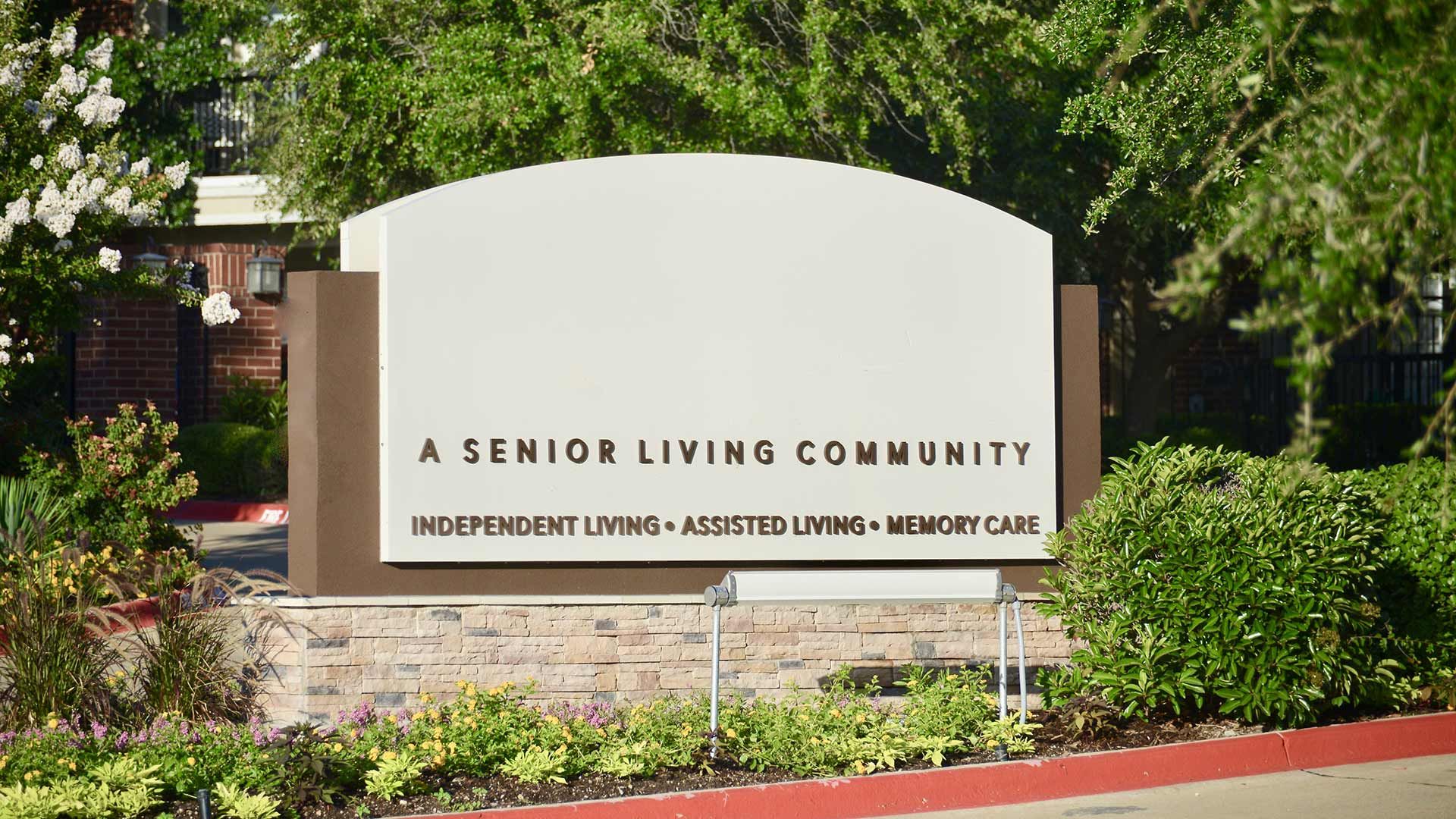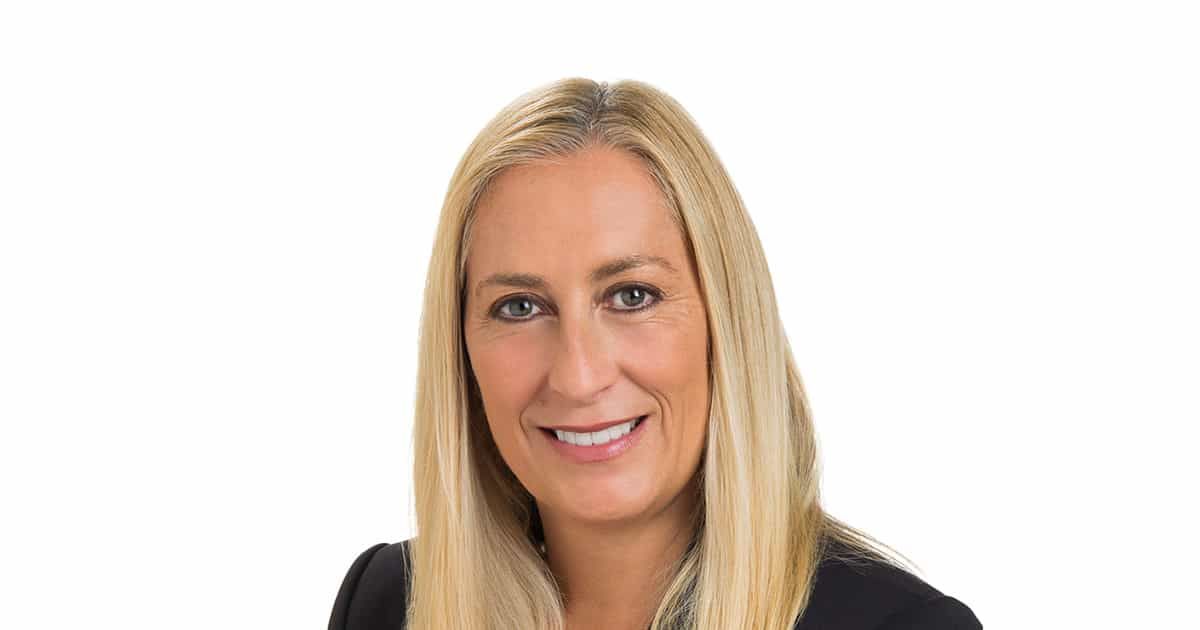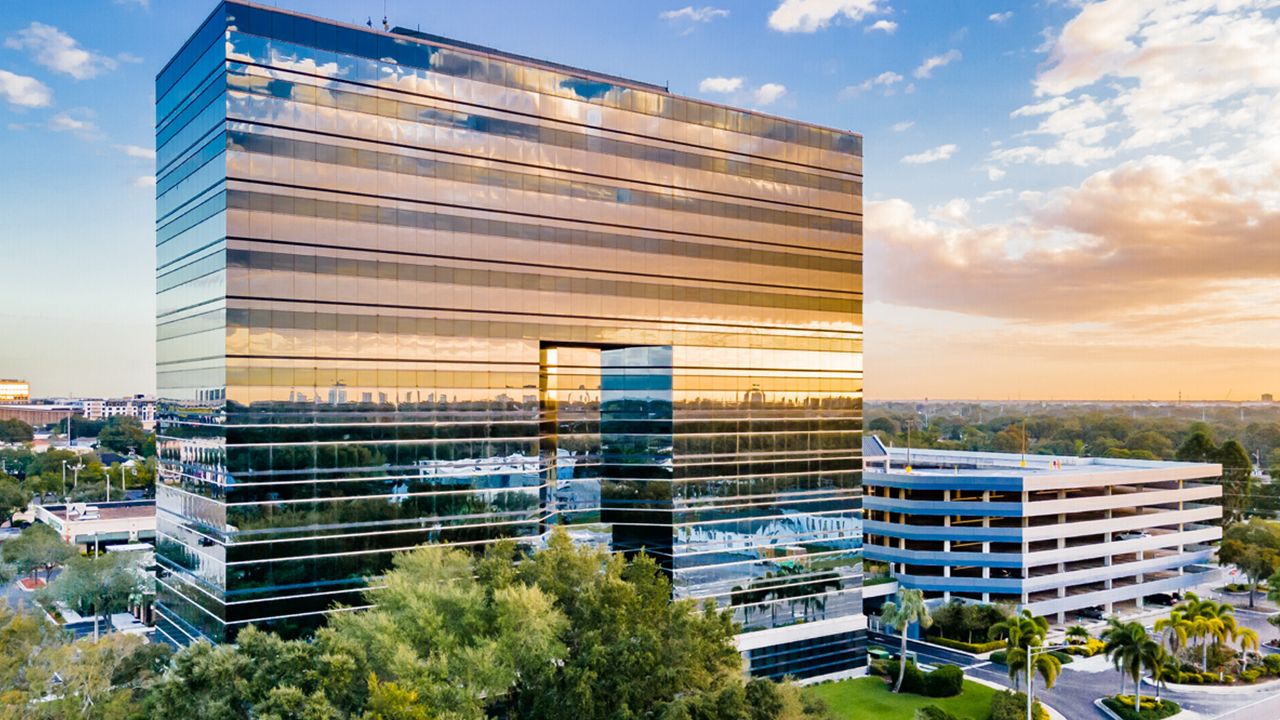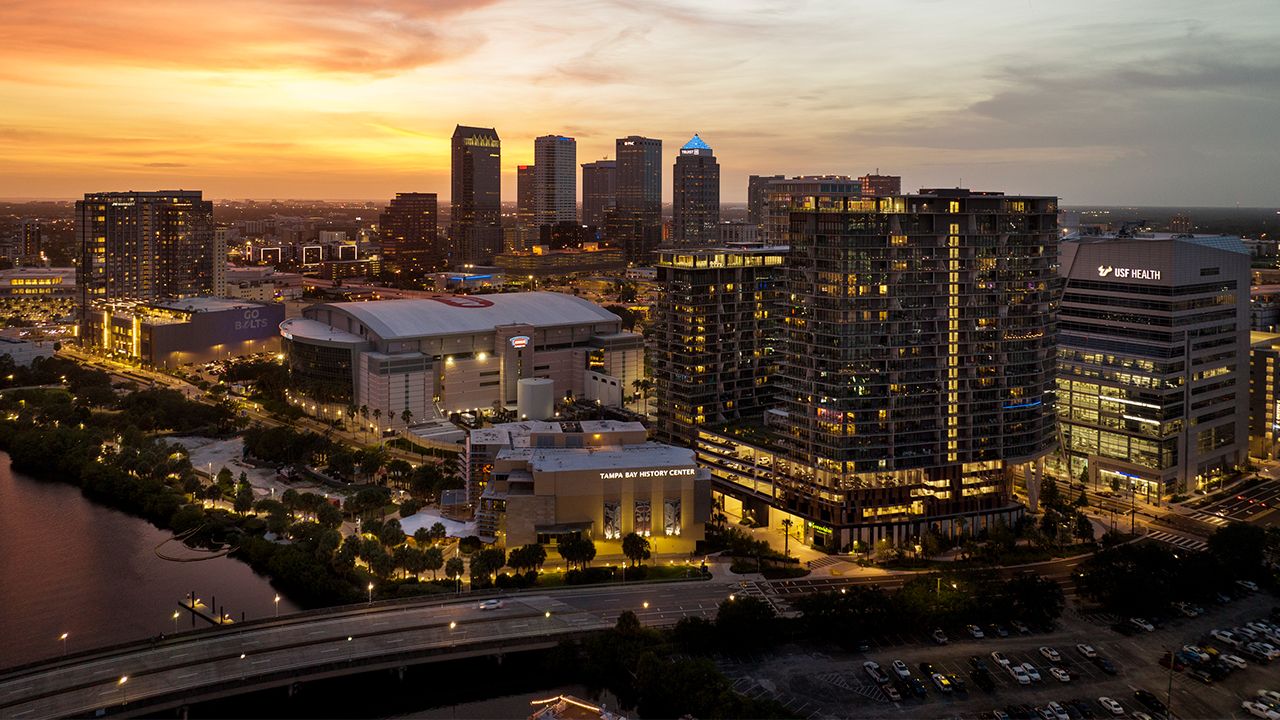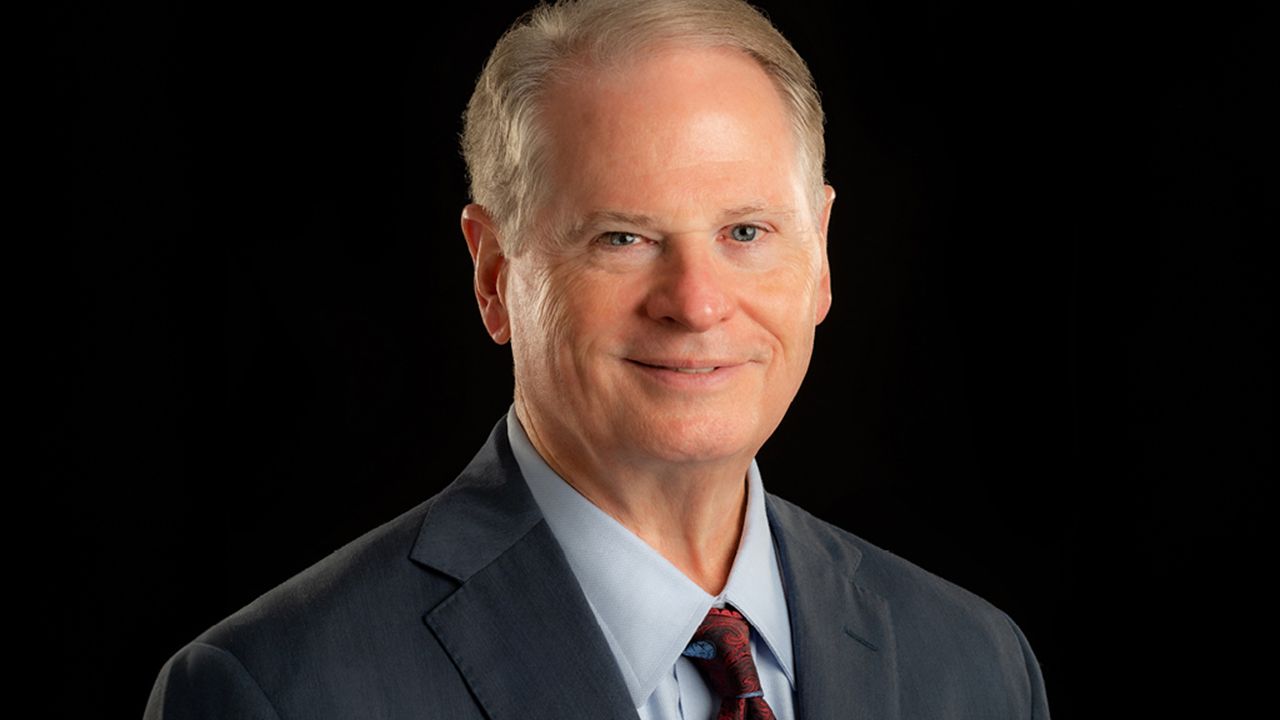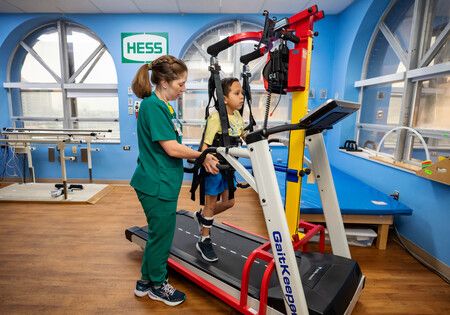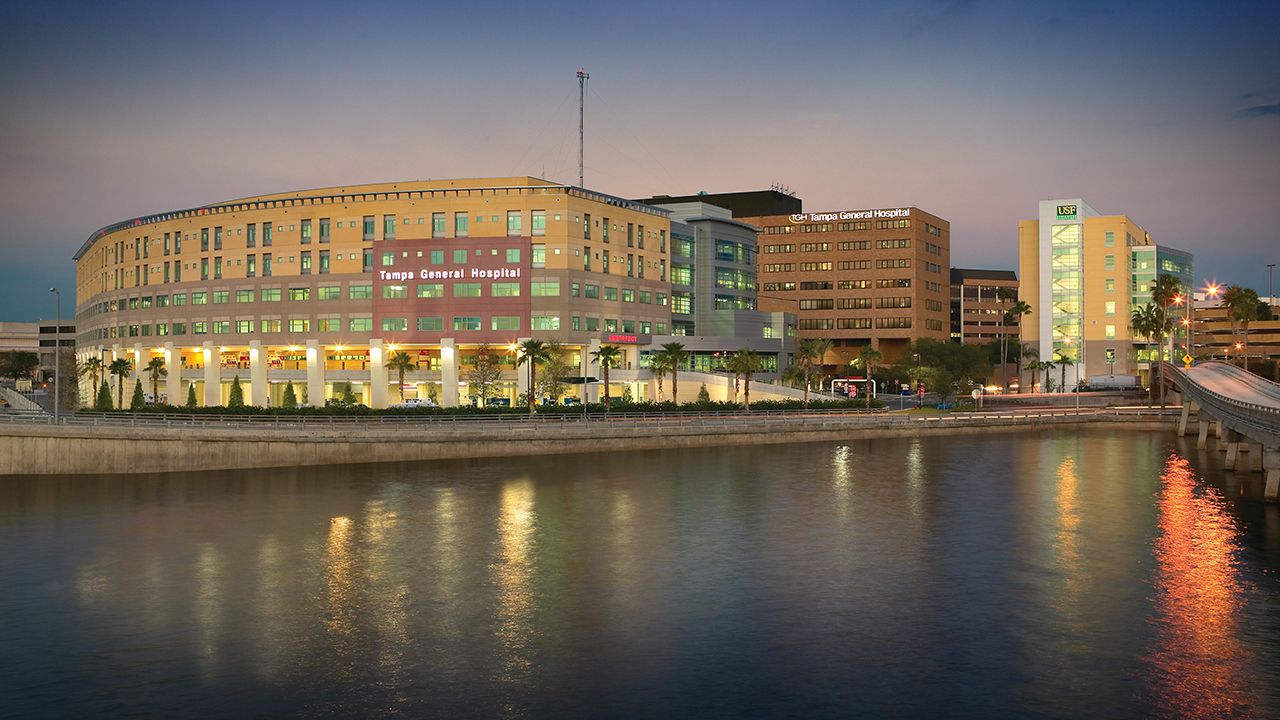Business leaders often watch commercial real estate activity to see how the economy is doing and where it’s going. So, it’s good news that things look bright for the Tampa Bay commercial real estate market and, in turn, the local economy.
With this in mind, here are seven commercial real estate trends to watch as 2019 unfolds:
How people work continues to change, and office space is changing with it.
Smart tenants are looking for more flexibility in their floor plans, providing the ability to “flex” their space as needs change. Open office workspaces give companies this flexibility. There are ways to still give workers a level of privacy, including incorporating noise-cancelling technology into everything from the office’s music system to cubicles.
At the same time, co-working spaces with common amenity areas are doing very well, showing this concept isn’t just a fad. Places like Industrious in downtown Tampa, Office Evolution in Westshore, and Station House in St. Petersburg are thriving, while similar options are opening in Tampa’s Armature Works, south Tampa’s Hyde Park Village, and downtown St. Petersburg’s Green-Richman Arcade.
And the tenants aren’t just startups: A number of larger regional and national companies are leveraging these facilities to establish satellite offices in the area, without major overhead.
New accounting standards will soon be changing how companies list the costs of their office leases on their financial statements. This is expected to impact how leases get done.
The new accounting rules, which are rolling out over the next two years, will change how leases are reported, with companies having to list lease obligations on their balance sheets. Public companies will be impacted starting this year, while the rules go into effect in 2020 for private companies.
Many business owners are trying to understand how the costs of a long-term lease might impact their overall financial picture. With this in mind more tenants are considering various options as it relates to their lease terms or are thinking of ways to report operating expenses separately from what would previously be listed as an “all in” rental cost.
Now’s the time to talk to a leasing expert and to your accountant to determine the potential impact of this change for your company, and to explore ways to address it.
Look for medical office facilities to keep getting larger, not smaller.
Consolidation continues to be the dominant theme in the medical industry, as doctors form larger practice groups to consolidate back-office functions while hospitals continue to leverage outlying parcels to build office complexes for doctors affiliated with their facilities. This is leading to larger medical offices.
This is excellent news for property owners looking to lease or sell high-visibility spots that traditionally would have been appealing only to big-box retailers. As one example drivers on North Dale Mabry Highway in Tampa can’t miss seeing the offices of Florida Orthopaedic Institute, located in a spot that historically was the home of traditional retail.
New industrial facilities are popping up around the Tampa Bay area, reflecting today’s “I want it now” consumer mentality.
Historically low vacancy and record level deliveries has driven developers and investors to seek out more opportunities for new warehouses and distribution centers in locations like Lakeland, Auburndale and Ruskin, near major roadways, much of it tied to the need for consumers to get their online orders quickly. Even third-party logistics companies are jumping at the opportunities presented by consumers’ immediate gratification needs. For example, DHL Supply Chain recently closed on a warehouse that it will operate as an e-commerce fulfillment center for IKEA in Lakeland.
Although the Central Florida market has an abundance of undeveloped land, entitlements and readily available developable land has proven to be difficult in some locations. However, the lack of available quality Class A industrial space continues to drive demand for new facilities.
These are not the warehouses of 20 or 30 years ago. More have advanced technology built within, offering opportunities for tenants to be more efficient within the buildings, and more are air-conditioned throughout, offering a better environment as logistics and transportation companies look to retain quality workers.
Traditional retail isn’t dead; it just needs to be more engaging to survive.
When people say “bricks-and-mortar retail is dying,” they are missing several words in the statement. What they should say is this: “Boring, traditional brick-and-mortar retail is dying.”
Take Ashley Furniture and Restoration Hardware as just two examples of how retailers are moving to make their stores more engaging. At many Ashley Furniture stores, customers are able to use virtual-reality or augmented reality to see how furniture would look in a room, while Restoration Hardware’s RH Outlet concept recently opened a new store in Clearwater that provides value pricing to shoppers looking for a bargain.
Developers and owners of retail centers are also continuing to see the power of having restaurants, workout facilities, or “necessity” retailers like grocery stores in or near their centers to drive customer traffic. Consumers are driving the new retail, and the consumer experience is the primary driver.
Rents continue to rise for many multifamily communities, but in the right locations, demand is still matching those increases.
The Tampa Bay multifamily market has been hot for quite a while, and there are some concerns about whether renters are willing and able to pay rental rates that, in prime locations, resemble mortgage payments.
But as with anything related to real estate, location is key. In the best locations, higher rents are not proving to be a damper on demand. As an example the downtowns of both St. Petersburg and Tampa continue to be hotspots for young professionals live, creating such strong demand that higher rental rates in those urban cores are not slowing activity.
Still, owners and developers are being careful to make sure their apartment buildings or complexes – which often include a wide range of amenities, even community wine lockers and health-club-quality fitness facilities – aren’t getting ahead of demand.
Rising interest rates in 2019 are on the watchlist for developers and investors, creating a sense of urgency in the market.
Cost of capital is always a concern for commercial real estate developers and investors, and in many prime locations around the Tampa Bay area, rising land costs are also getting attention.
That said, most experts are not expecting dramatic increases in interest rates in 2019, which is good news for those looking to make deals. As for dealing with higher land costs, smart developers and buyers are spending even more time scouting locations, knowing that their best choice may not be the most obvious one.
So while rising rates pose a concern, along with ever-higher costs of labor and materials for new projects, developers and investors can still expect to find good opportunities for quality properties in the right locations. ♦
Danny Rice is managing director/market leader for Colliers International in the Tampa Bay, Orlando, Sarasota, Fort Myers and Naples markets.





